Nose Shapes
For what reasons different nasal shapes appeared? Are different races and ethnicities affecting our nasal shapes? If so, what different nasal features people brought up from their ethnicities? What are different nose types? What is the perfect nose shape? In the prepared article, we will examine the above questions for the sake of informing nose job patients about the different nose shapes and their properties.
 Anatomy of The Nose
Anatomy of The Nose
Before discussing the concerns related to the nose shapes and their features, we prepared an anatomy lesson for you. Knowing the anatomy of the nose will help you to realize the matters that we brought up in this article better. The nose structure consists of nasal bones and cartilages. The root of the nose hangs within the eyebrows. This root is connected to other nasal structures through the nose bridge. Dorsum nasi is a term that refers to the length between the nose bridge and its tip (apex). Cartilaginous alae, colloquially known as nostrils divide into two sides at the end of the nose bridge (Nasal tip). A little lower, philtrum (concave skin that joins the nose to the upper lip) exists. We illustrated the anatomy of the nose in the below picture for you to examine.
 What Causes Different Nose Shapes to Appear?
What Causes Different Nose Shapes to Appear?
Different nose shapes emerged due to several reasons. Some of them may or may not occur during a lifetime and some of them left their effects before birth. We will briefly explain them in the following.
-
Genetics
Most of the properties of your nose genetically inherited from your parents. Obviously, the different combinations of genes will lead to having different nose shapes.
-
Local climate conditions
The nasal structure will adapt itself to different climates in order to function better. That’s the reason people who are living in cold areas usually have a longer nose. A longer nose will allow the body more time for warming the air before it goes to the lungs.
-
Natural aging process
Your nose shape may change as you age. As we get older, the nasal cartilage in the lower nose loses its elasticity and will drop. This problem may result in a fleshy nose appearance.
-
Excessive build of skin
This problem may occur to some people as a result of aging, or losing a lot of weight.
-
Nasal trauma
Although most nasal injuries and traumas heal without any problem, in some serious cases they may lead to a crooked or bent nose.
Different Type of Nose by Race and Ethnicity
People from different races and ethnicities hold various nasal shapes on their faces. The distinction is so obvious that you can guess the person’s race only by looking at his\her nose. In the following, we prepared a list of representative nasal features of different races and ethnicities to clarify some variations in nose shapes for different peoples around the globe.
European Race
In general, Europeans are famous for having wider and longer noses in the world. Plus that, they usually possess the following nasal characteristics.
- Narrow nasal bridges
- Wide-base noses and protruded tips (usually for natives of north Europe)
- Pointing-up noses (usually for natives of northwest Europe)
Asian race
Generally, Asians have the smallest noses in the world. Also, they have the following representative features in their nose:
- Low nasal bridge
- Weaker cartilages
- Rounder nasal tip
- Flared nasal base
- Wide nostrils
African race
Africans generally have the widest and hugest noses in the world. Following nasal characteristics also have been seen in Africans and African Americans.
- Wide nostrils
- Rounded and weak tip
- Thick nasal skin
- Low Nose Bridge
American race
Typically, Americans own rather a wide nose compared to other ethnic groups in the world. Following features are also common in American’s noses.
- Dropping tip
- Thicker nasal skin
- Depressed nasal root
- Normal Nose Bridge
- Wide tip and nostrils
Mediterranean Race
This race includes people from southern Europe to central Asia. They have the following features in their noses:
- Drooping tip
- Rounded tip
- Fleshy nose structure
- Have hump in their nose
 Common Nose Shapes
Common Nose Shapes
Although many people may have some similarities regarding their nose shapes, you can find no two exactly alike noses. However, based on those similarities, we can distinguish different nose types. In general, different nose shapes are characterized by a variety of factors, such as the shape of the nasal bone and nasal cartilage. In the following, by referring from zmivel.com we tried to gather all those factors which produce different nose types. Here are the most common nose types and their features:
Fleshy Nose
This is the most common type of nasal shape around the world. Nearly 24 percent of noses belong to this group. The identifying characteristics of the fleshy noses are:
- Their large shape
- They have the fatty appearance
- They are usually long
Turned-up nose
About 13 percent of noses are categorized in this group. The turned-up nose or celestial nose is relatively small in its shape. Many people actually undergo nasal cosmetic surgeries in order to attain this ideal nose. The identifying characteristics of the turned-up noses are:
- Protruding nasal tip
- Small size
- Having dent at the bridge
- Well-formed shape
Roman nose
The Roman nose got its name from noses found on the faces of ancient Roman sculptures. 9 percent of people have this type of noses. The identifying characteristics of the Roman noses are:
- Strong profile
- Sloping curve
- Slight bend
- Ideal-sized nostrils
Bumpy nose
9 percent of populations of the world have this common nose type. People who have this nasal shape are good candidates for rhinoplasty as it is easy for surgeons to smooth bumps on the nose. The identifying characteristics of the bumpy nose are:
- Bumps on the nasal bridge
- Hollow curve
- They are usually large in shape
Snub nose
It is a very popular nose shape among nose job patients. Tough, only 5 percent of the word population have this special nose type. Identifying characteristics of Snub noses are:
- Rather small in shape
- The upward slope at the nasal tip
- Rounder and softer shape than a celestial nose
Hawk nose
Hawk nose gets its name from the curved shape of the eagle’s hawk. This type of nose shape includes only 4.9 of the people. Some of the identifying characteristics of hawk noses are:
- Curved shape
- Prominent bridge
- Strong profile
Greek nose
This popular nose shape is also known as “the straight nose”. Like the Roman nose, this nose type also gets its name from noses of the perfect noses of Greek gods in their sculptures. Only 3 percent of people have a Greek nose. Some of the identifying characteristics of Greek noses are:
- Straight nasal bridge
- No humps or curves in the structure
- Smooth slope
Nubian Nose
This nose shape is mostly found in Africans. People who are featuring a Nubian nose, also called a wide nose, tend to undergo plastic surgeries. The main concern for them is to narrow their nasal shape. Some of the identifying characteristics of Nubian noses are:
- Wide profile
- Wide nostrils
- Rather long bridge
East Asian Nose
Mostly, people from East Asia possess slim noses. Although many patients wish to have this nose type, the slimness made many East Asians decide to widen their nose by having cosmetic surgeries. Some identifying characteristics of East Asian noses are:
- Flat shape
- Shorter tip
- Small in size
Nixon nose
This nose type named after the 37th president of the US, Richard M. Nixon, and his iconic nose shape. It has been surveyed that less than 1 percent of the population has this special nasal shape. Some of the identifying characteristics of Nixon noses are:
- Straight bridge
- Curved tip
- Wide nasal tip
- Prominent nose profile
Bulbous Nose
This type is very rare among the world’s population. Less than 0.5 percent of people have this nose type. Some of the identifying characteristics of Bulbous noses are:
- Rounded tip
- Fat shape
- Narrow root
- Curved nasal tip
What are the Main Problems that Patients Suffer from in their Nose Shapes?
We already discussed some reasons and origins for a nasal impairment to arise on people’s noses. In this section, we aimed to explain what concerns those factors may create in nasal shape. By referring from aedit.com, we will examine concerns related to the nasal aesthetic in below:
-
Crooked nose
A crooked nose may result from several reasons. Trauma (broken nose), birth irregularities, and the deviated septum are the main reason that leads to a crooked nose. Having a crooked nose is very common; however, it will not cause any medical problems for the individual.
-
Drooping nose tip
Various factors can cause a drooping nasal tip. The most common among them include aging, having excess cartilage around the nose, lack of cartilage firmness, and nasal injuries. It can easily be resolved by undergoing a rhinoplasty.
-
Low nasal bridge
Low nasal bridge, also called an absent nasal bridge can be caused by trauma, infectious diseases, and genetic diseases. In this condition, a bone loss or cartilage loss may result in a flattening nasal bridge.
-
Nose bump
The main reason the nose bumps in people’s noses is originate from their genetics. Besides that, a nasal trauma will also lead to a bumped nose. This problem is very common among the patients of nasal cosmetic surgeries.
-
Upturned nose
Upturned nose or celestial nose may originate from genetics, nasal trauma, or a previous rhinoplasty. Most people believed that having an upturned nose may not concern them at all. However, some patients are complaining about their upturned noses. An upturned nose may lead to a short and stout nasal shape causing nostrils to appear wider than usual.
-
Wide nose
Persons who have a Nubian or hawk nose type usually are complaining about their wide noses. This issue is very common among Africans, African Americans, and East Asians. The broad bridge, widespread nasal tip, and wide nostrils may convince a person to have nose surgery to refine them.
 What is a Nose Ethnicity?
What is a Nose Ethnicity?
Nose ethnicity is associated with the representative features that people from a specific ethnic group have in their noses. For some patients of nasal surgeries, maintaining these characteristics in their noses is valued. That is the reason for an ethnic nose job to emerge. By having an ethnic nose job, patients will both enhance their nose appearance while preserving the features of it similar to their ethnic group’s nose. For more information regarding this nasal surgery, please visit Flora’s ethnic rhinoplasty page HERE.
Common Nose Job Styles
There are various styles for a nose job procedure that may be utilized by nose surgeons for creating a special result for their patients. Knowing different styles for nose job surgeries is essential for rhinoplasty patients. With the consultation of their doctor, they should determine their required type of nose job surgery based on their conditions. For this purpose, we prepared the following section in which you can see the most frequent nose job style used in the world.
-
Natural nose job
In this style of a nose job, the main concern is to produce a natural result for the patients’ nose. Hence, minor changes should apply to the nose structure in natural nose jobs. This style can be used for both bony noses and fleshy ones. In natural style for bony noses, a surgeon tries to balance the nasal tip and bridge shape in a way that looks more natural. Throughout the natural fleshy nose surgery also the surgeon should try to keep the changes for creating a more natural reshaped nose.
-
Fancy nose job
Fancy nose job, colloquially known as dolly nose, is a special kind of style used in rhinoplasty. During this surgery, the surgeon makes every effort to produce a very small and upturned nose appearance. Fancy nose jobs would work its best for patients who have the bony nose type.
-
Semi-fancy nose job
This style lies between the natural style and fancy nose jobs. Semi-fancy nose job style is used in the condition that the patients want to receive a fancier nose shape in the most possible natural way.
It should be said that, for receiving the outcomes of different nose job styles, your surgeon should be adequately skilled and experienced. Not all plastic surgeon can design their rhinoplasties considering the required style for patients. Flora’s surgeons are known to be the most experienced ones in the world. Therefore, it is highly recommended to plan your rhinoplasty with the help Flora medical tourism agency in Iran. You can get more details about the proficiency of our surgeons HERE.
Different Characteristics of Bony and Fleshy Noses
The two most common nose shapes found in both men and women are fleshy noses and pointy noses. The factor that distinguishes these two nose types is the thickness of the nasal skin. Bony noses are featured with relatively thick skin, while fleshy noses contain thick skin on their surface. Due to the differences in the thickness of the nasal skin, you can see the details of bony nose structures but this is not possible for fleshy noses as they are meaty. Generally, bony noses have stronger cartilage compared to fleshy noses. Stronger cartilage in bony noses will help the nasal tip be firmer and avoid nasal tip drooping.
Pointy Nose Shape and Their Characteristics
A pointy nose is often caused by projecting excess cartilage at the nasal tip. It causes a meaty fleshy nose tip. As having a fleshy nasal tip is a prominent concern, many patients decide to have rhinoplasties for correction. A rhinoplasty for pointy noses can reduce the excessive nasal tip. Moreover, a successful nose job will result from a more rounded tip that enhances the nose appearance dramatically.
What is the Most Attractive and Favored Nose Shape?
There is no specific answer to this question, but the most popular nose shape that people are wishing to have is a straight Greek nose. However, tastes are different when it comes to the desired nose shape. But the good news is that no matter which nose type do you prefer or dream of, it is receivable by having a successful rhinoplasty. Speaking of the successful rhinoplasty, you should note that Flora offers you a high-quality nose job package. This package includes the following exceptional features for having a superior cosmetic surgery:
- Best plastic surgeons and ENT surgeons (Otorhinolaryngology) the world
- Most economical cost for rhinoplasty procedure in the world
- Flora’s CRM system (customer relationship management)
- Flora’s specialized follow-up team will monitor your condition for two years after your medical procedure
- Best accommodations in Iran
- Iranian delicious food
- Beautiful, Mesmerizing Souvenirs of Iran
- An optional sightseeing tour
- Medical Check ups
- Flora’s general services: you can see all these free services that we provided for our customers HERE.
Last Word
As we progressed through this article, we showed you how different nose shapes appeared and what the main characteristics of them are. We also specified the different types of noses along with the impairment that may occur in the person’s nose. It is believed that by reading the above article there would be no question mark in your mind regarding the issues discussed. However, if you still need more information or demand more specified detail, please contact Flora’s team HERE. Surely, they will be a big help for you.

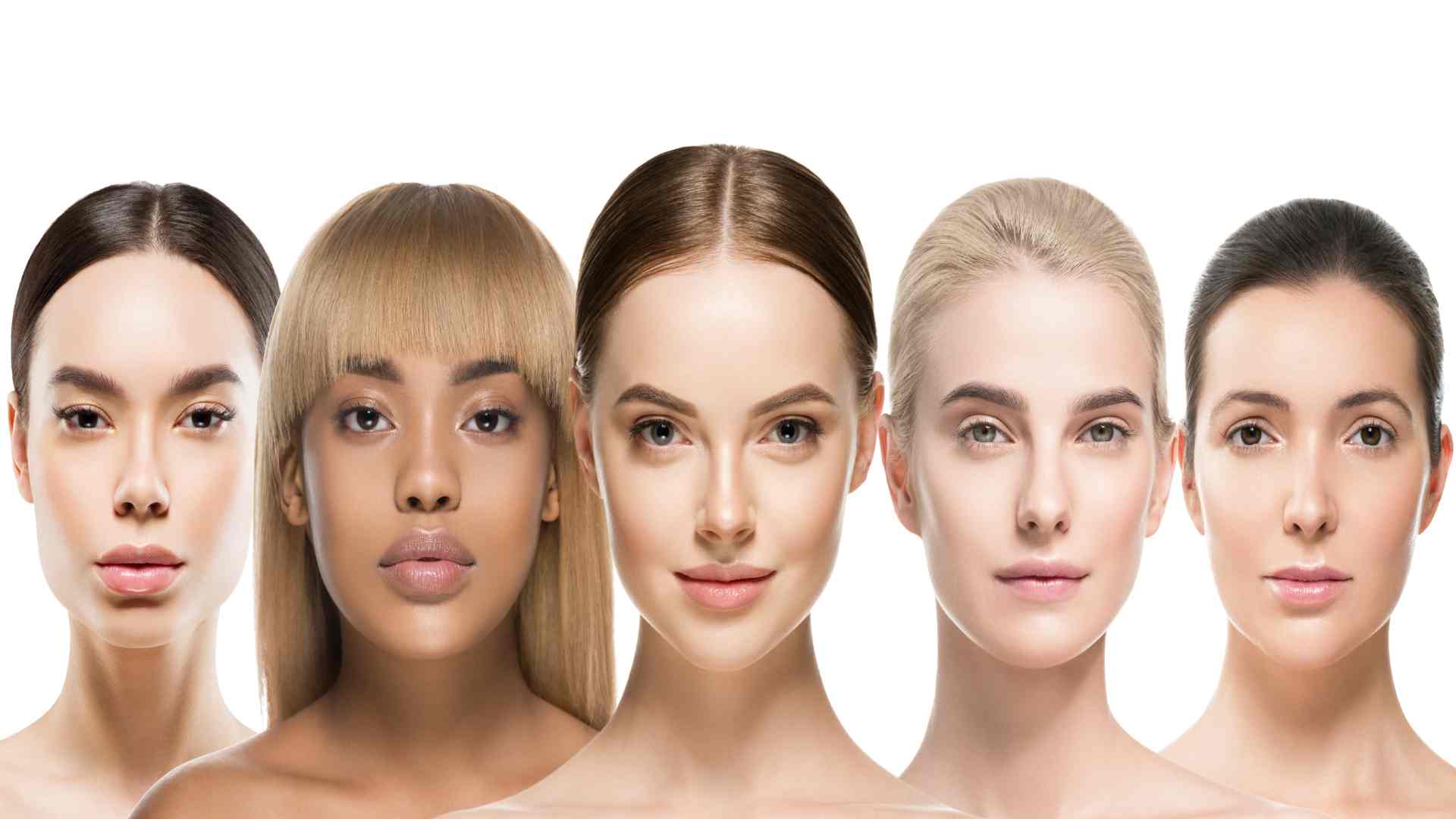
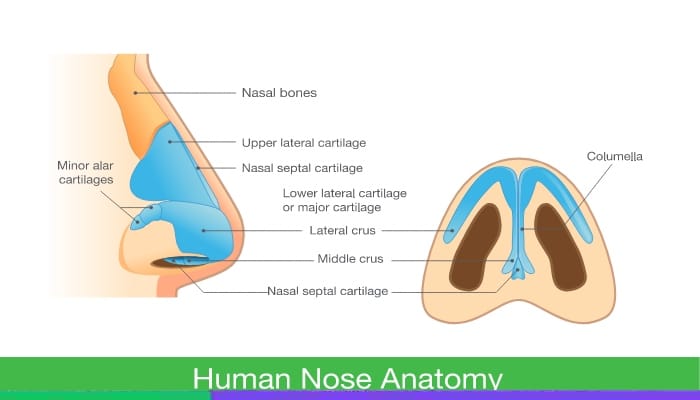 Anatomy of The Nose
Anatomy of The Nose What Causes Different Nose Shapes to Appear?
What Causes Different Nose Shapes to Appear?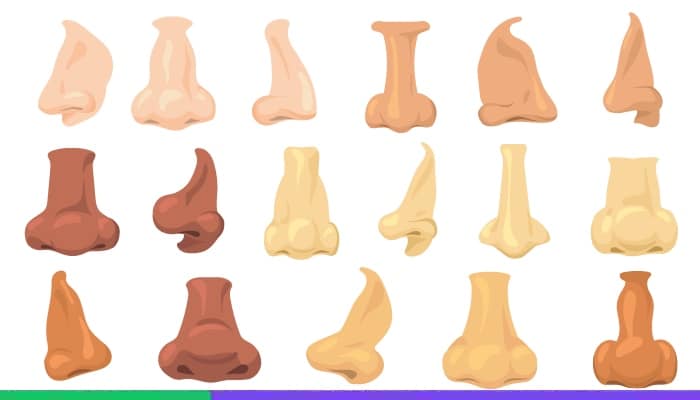
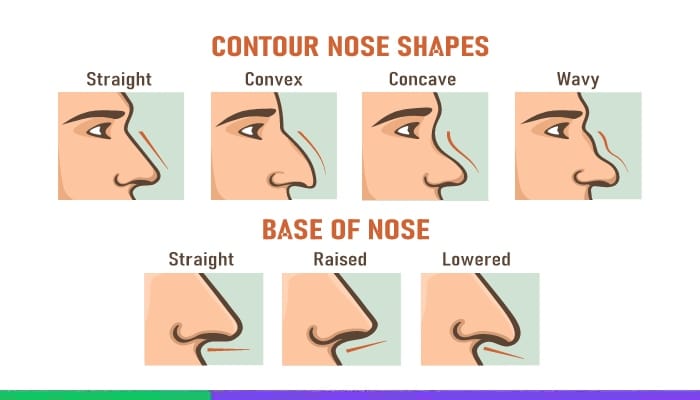 Common Nose Shapes
Common Nose Shapes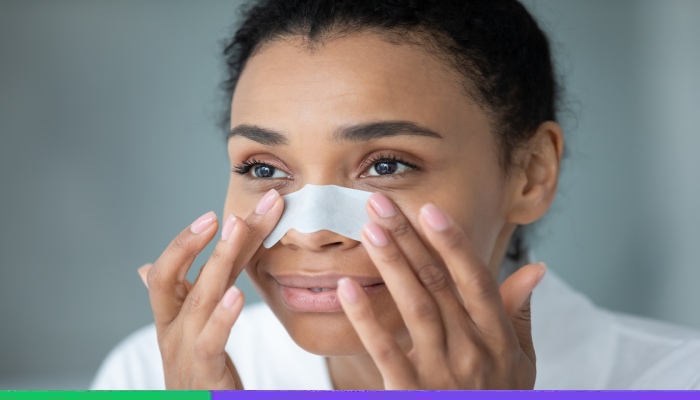 What is a
What is a 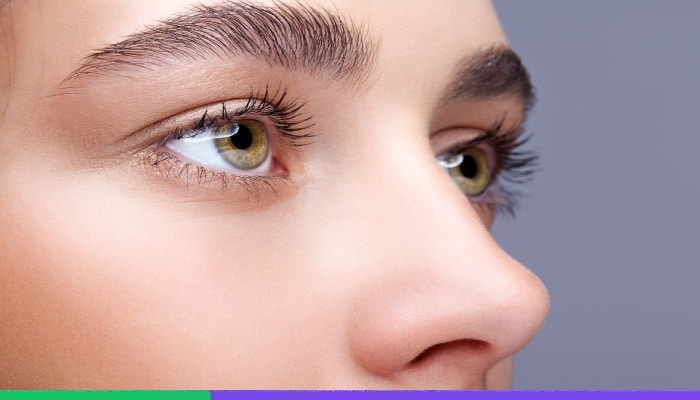
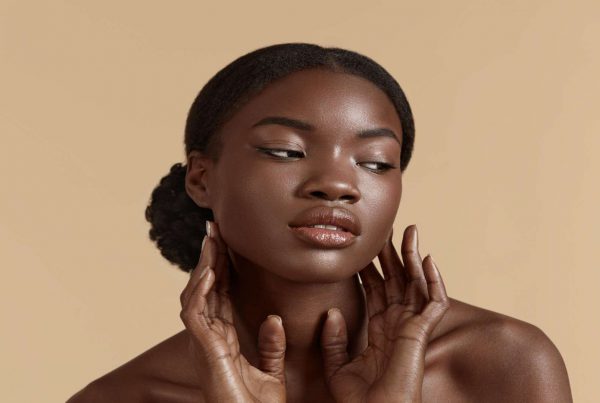





Recent Comments